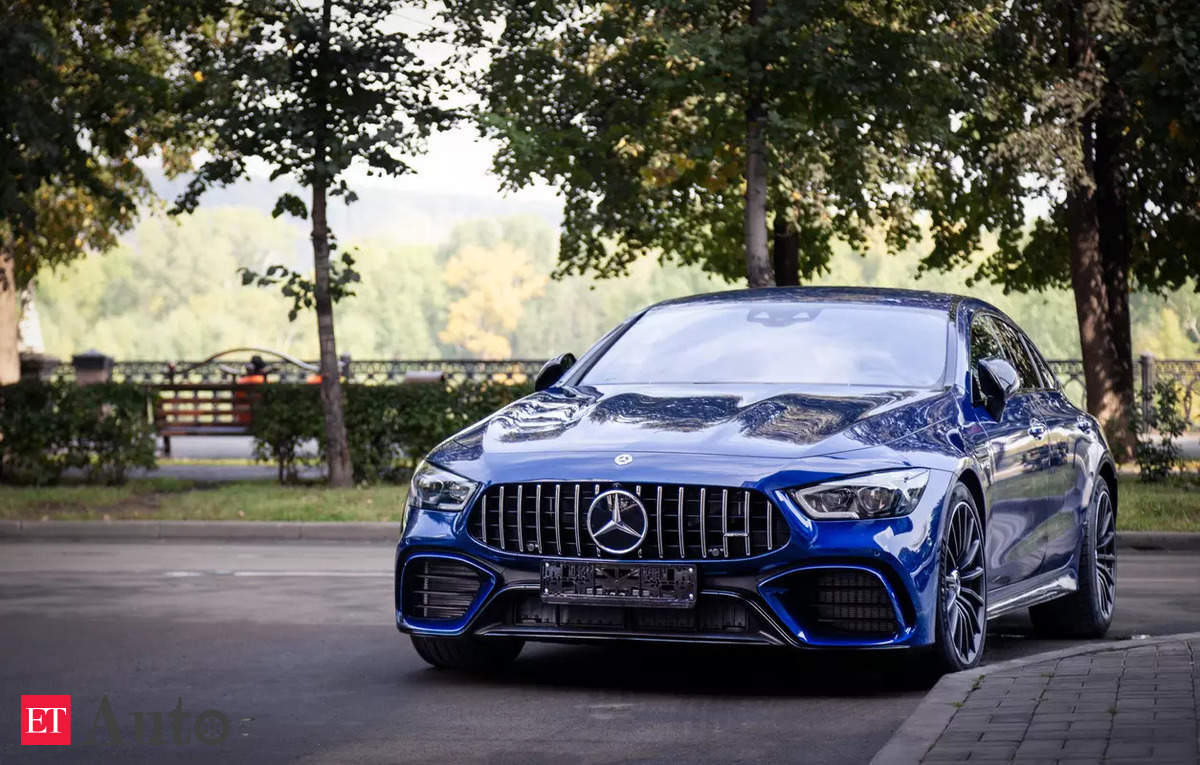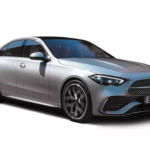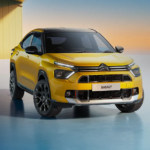

Luxury car financing market surges as more Indians trade up, Auto News, ET Auto
[ad_1]

Sales of luxury vehicles are growing at a quick pace in India, so is the demand for loans to finance those purchases.
Banks such as HDFC Bank, ICICI Bank, Bank of Baroda, Axis Bank and Kotak Mahindra Bank, as well as non-bank lenders and captive financiers of automakers like Mercedes-Benz and BMW are seeing a sharp spike in luxury-car financing, as consumers increasingly use loans to buy high-end vehicles.
Outstanding bank loans to individuals for purchasing personal vehicles totalled ₹5.8 lakh crore at the end of December. While separate data weren’t available on financing of luxury vehicles, executives in the banking and automotive sectors said that was a fast-growing segment of the car loan portfolios for lenders.
The consumer behaviour has changed since Covid, with more wealthy and higher-middle-class Indians now open to splurge on luxury. Increasing income levels of young Indians and the availability of the latest models from the portfolio of global luxury-car makers are also driving demand. Industry executives said many of these customers are taking the loan route to meet the aspiration of owning a luxury vehicle.
As much as 60-73% of the cost of purchasing a vehicle from Lexus, BMW, Mercedes-Benz, Jaguar Land Rover, Audi and Volvo Cars in India is funded through loans, with the average loan amount being ₹40 lakh to ₹73 lakh. For JLR vehicles, the average is ₹73 lakh, while for BMW and Mercedes, it ranges ₹53-55 lakh, according to estimates from Jato Dynamics estimates, an automotive industry intelligence firm. These vehicles cost ₹45 lakh to ₹2.5 crore.
“As the younger population becomes more affluent and aspirational, the luxury vehicle market in India is witnessing a surge driven by changing lifestyle preferences,” said Ravi Bhatia, president, Jato Dynamics.
Lenders are also willing to lend to these customers.
“The luxury-car segment has had their best year with sales growing above the industry average with improved demand and better supplies,” said Shahrukh Todiwala, wholetime director at Kotak Mahindra Prime, the vehicle financing arm of Kotak Mahindra Bank. “We are seeing younger professionals with higher disposable income and purchasing power taking to luxury cars which has further helped growth. We are also seeing more demand coming from tier-2 centres for luxury cars.”
According to bankers, luxury-car financing sees lower delinquency rates compared with entry-level and mid-size segments as the affordability levels in this segment is higher.
“Having luxury cars is a status symbol and higher income group people are willing to borrow from banks. It is the Veblen effect (demand increases with an increase in price) that has caught on. These people are affluent and have high income,” said Madan Sabnavis, chief economist at Bank of Baroda. “Banks look at such customers more as those who can afford high-cost houses; therefore, risk is low.”
Captive financing companies are also seeing their loan books grow sharply. Mercedes-Benz’s subsidiary, MB Financial Services, finances 40% of the company’s vehicles sold in India and has witnessed a 50% increase in the average loan size compared with five years ago, said Santosh Iyer, managing director and chief executive at the Indian unit of the automaker.
Customers mostly upgrade to higher segments after completion of the loan tenure, but stay within the brand, Iyer said.
- Published On Feb 12, 2024 at 08:06 AM IST
[ad_2]
Source link
Add a comment Cancel reply
Categories
- Car News (8)
- Car Reviews (2)
- Cars News (95)
- Electric Cars (79)
- Electric Two-wheeler (76)
- Electric Vehicle (78)
- Experts Reviews (3)
- Gallery (11)
- New Arrivals (380)
- Uncategorized (6)
- Used Cars (54)
- XUV Cars (4)










